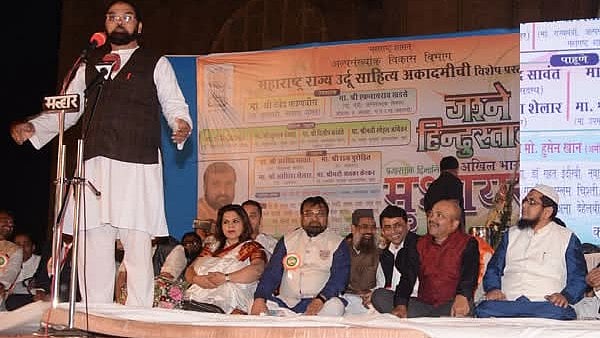Mumbai: The Brihanmumbai Municipal Corporation (BMC) has started testing grass growth in a section of Shivaji Park following the removal of red soil, which raised worries about air pollution and health problems for players and elderly individuals on their evening strolls. The civic body was instructed by the Maharashtra Pollution Control Board (MPCB) to finish the process prior to the monsoon.
A contractor selected by the BMC started planting on a 200 sq m section at Nana Nani Park, where five different grass species will be evaluated for their sustainability and ability to stabilise the red soil.
In February, the MPCB instructed the BMC to finish the task within a month before the monsoon. Vinayak Vispute, assistant commissioner of G North ward stated, “We anticipate that the testing work will be finished within the next 10 days,” according to report by Hindustan Times.
Local residents expressed their worries regarding the project's completion on Friday during a meeting with Bhushan Gagrani, the BMC's municipal commissioner. Prakash Belwade, a resident of the area, mentioned, “The monsoon season has already begun.”
Belwade mentioned that the task was meant to be completed in March amidst adverse weather conditions that would enable them to assess the effectiveness of the grass. He mentioned that shortly, gatherings and additional activities would start at the park, and air quality would decline in the winter months.

To calm residents, Vispute mentioned that a meeting would take place with all parties involved, including ward officers, MPCB, and IIT specialists to finalize the plan of action. He mentioned that it would be a challenging job since the environmental engineering department head, who evaluated the park, has retired.
The BMC had failed to meet the May deadline for sowing grass seeds at Dadar's Shivaji Park, as mandated by the Maharashtra Pollution Control Board (MPCB) to mitigate dust pollution. The BMC's environment department allocated Rs 80 lakhs to the G-North ward for this project, but no progress had been observed.








